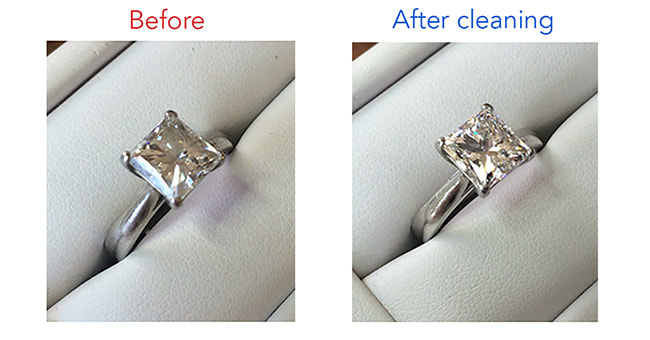Introduction
Keeping your engagement ring clean is crucial for preserving its beauty and ensuring it lasts for generations to come. Regular cleaning not only removes dirt and oils but also helps maintain the brilliance of the gemstones and the shine of the metal band.
Understanding Your Engagement Ring
Before diving into cleaning methods, it’s essential to understand the materials your ring is made of how to clean my engagement ring. Engagement rings can vary widely in terms of metals (gold, platinum, silver) and gemstones (diamonds, sapphires, emeralds, pearls), and each requires specific care to avoid damage during cleaning.
General Cleaning Tips
Maintaining a regular cleaning schedule and using the right tools are key to keeping your engagement ring in pristine condition. A soft brush, mild detergent, and lukewarm water are generally safe for most rings.
Cleaning Methods Based on Ring Materials
Gold Rings
Gold is a popular choice for engagement rings due to its durability and timeless appeal. To clean a gold ring, mix mild dish soap with warm water, soak the ring for 20-30 minutes, gently scrub with a soft brush, and rinse thoroughly. Avoid harsh chemicals that can damage the metal.
Platinum Rings
Platinum is a resilient metal that requires regular cleaning to maintain its luster. Use a specialized platinum cleaning solution or a mixture of mild soap and warm water. Polish with a soft cloth to restore shine.
Silver Rings
Silver is prone to tarnishing over time. Clean silver rings using a silver polish or a baking soda paste. Be gentle to avoid scratching the metal, and polish with a soft cloth to restore its original brilliance.
Cleaning Methods Based on Gemstone Types
Diamond Rings
Diamonds are among the hardest gemstones but can still attract dirt and oils. Clean diamond rings with a solution of ammonia and water, or use a commercial jewelry cleaner specifically formulated for diamonds. Brush gently around the setting to remove debris.
Man made diamonds, also known as synthetic diamonds or lab-grown diamonds, are created through advanced technological processes that replicate the natural conditions under which diamonds form in the Earth’s mantle. These diamonds are chemically and physically identical to natural diamonds, consisting of pure carbon atoms arranged in a crystal lattice structure. The production of man-made diamonds involves either High Pressure High Temperature (HPHT) methods or Chemical Vapor Deposition (CVD) techniques.
Sapphire Rings
Sapphires are durable but can lose their luster without proper care. Clean sapphire rings with mild soap and water, avoiding ammonia-based cleaners. Use a soft brush to clean hard-to-reach areas around the stone.
Emerald Rings
Emeralds are more fragile than diamonds and sapphires. Clean emerald rings with mild detergent and lukewarm water, and avoid exposing them to heat or strong light, which can damage the stone.
Pearl Rings
Pearls are delicate and require special care. Clean pearl rings with a soft cloth dampened with water and mild soap. Avoid soaking pearls or using harsh chemicals, as these can damage their luster.
Alternative Cleaning Solutions
For those preferring natural methods, a mixture of baking soda and water or a vinegar solution can effectively clean most rings. Commercial jewelry cleaning products are also available, but be sure they are suitable for your specific ring

